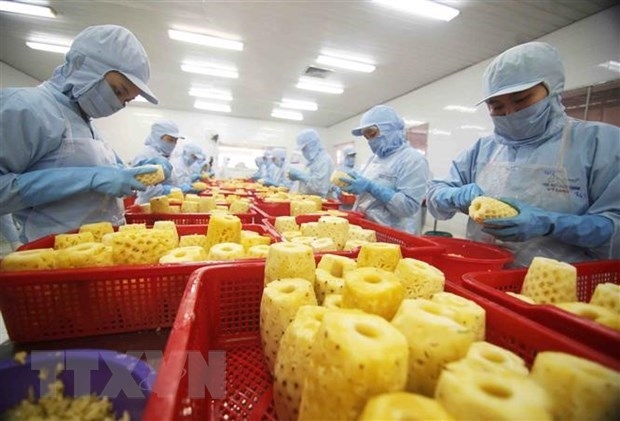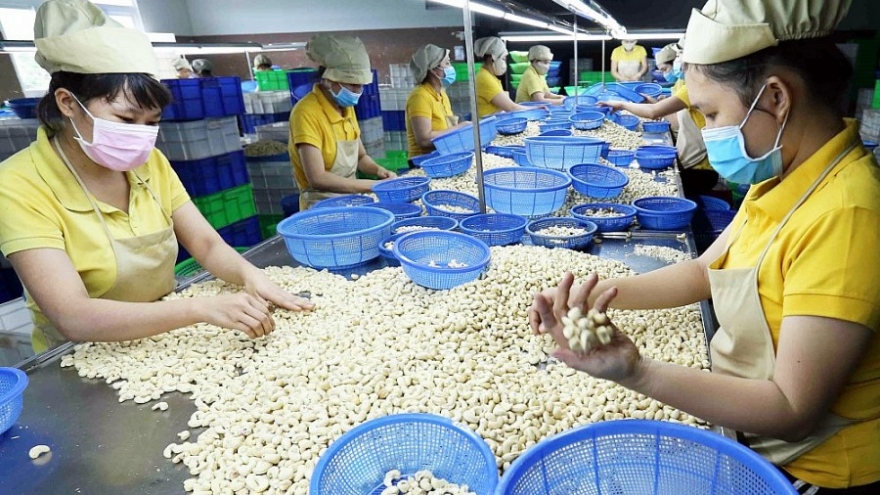Four out of 10 Vietnamese businesses benefit from EVFTA: VCCI survey
Four out of every 10 Vietnamese businesses have gained some benefits, including in import-export, from the Vietnam-EU Free Trade Agreement (EVFTA), according to a survey of the Vietnam Chamber of Commerce and Industry (VCCI).

However, the survey also shows that six other businesses have not gained any benefit, direct or indirect, from the pact, which came into effect more than two years ago.
Furthermore, despite an increase in Vietnam’s export value to the EU, the market’s share in Vietnam’s total export has gradually shrank, from 19-20% ten years ago to less than 12% in 2021.
The growth rate of exports to EU has always been lower than the average growth of Vietnam’s exports.
The survey was released at a recent conference in Hanoi on increasing the presence of Vietnamese firms in the EU market
Ngo Chung Khanh, deputy director of the Multilateral Trade Policy Department under the Ministry of Industry and Trade (MoIT), said there are few Vietnamese brands able to make inroads into the EU market.
He noted that the share of many strategic exports of Vietnam in the EU market remains small, for example 2-3% for fruit and vegetables, over 4% for aquatic products and textile-garment.
Khanh again stressed the need to further popularise the EVFTA among Vietnamese businesses.
According to him, the MoIT is working with localities nationwide to pinpoint the strategic exports of each locality and build plans to support the export of those products to the EU.
The ministry expects to coordinate closely with other ministries, sectors, local administrations, trade associations, and businesses to exploit to the fullest the benefits of the EVFTA, Khanh said.
The EU is the third largest export market of Vietnam, with bilateral trade constantly growing even during the COVID-19 pandemic. The value of Vietnam’s export to EU in the period from August 2020 to July 2022 totalled US$83.4 billion, averaging US$41.7 billion a year, up 24% from the average yearly growth in the 2016-2019 period.
However, Vietnamese goods still account for less than 2% of the EU market.


